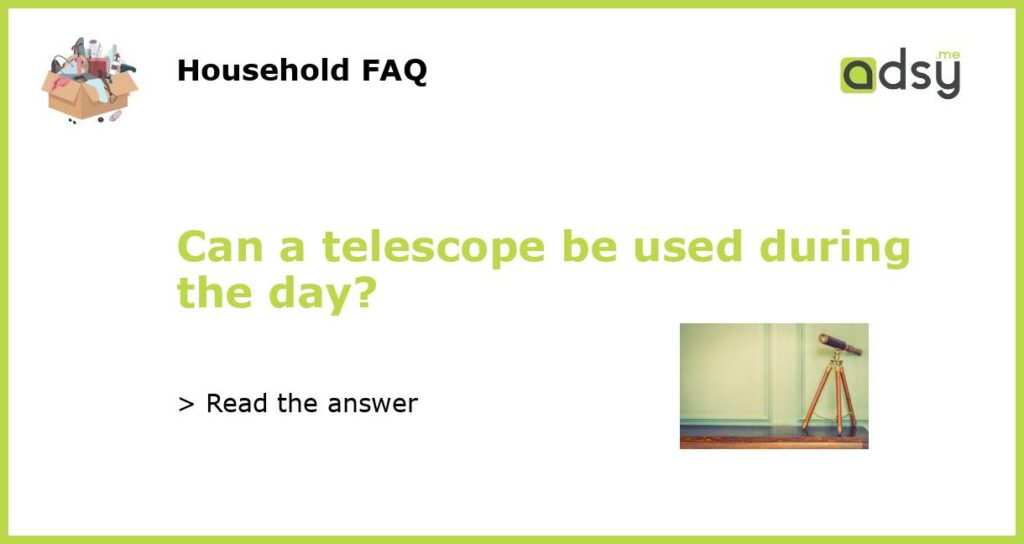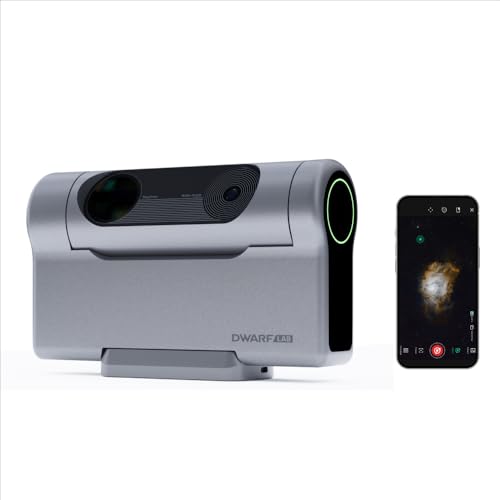Yes, a telescope can be used during the day
Many people associate telescopes with stargazing or observing celestial objects at night. However, telescopes can also be used during the day to observe a variety of objects and phenomena. In this article, we will explore the different ways in which telescopes can be used during the day and why they are not limited to nighttime use only.
Observing Celestial Objects
One of the most common misconceptions about telescopes is that they can only be used to observe celestial objects such as stars, planets, and galaxies. While it is true that telescopes are commonly used for stargazing, they can also be used during the day to observe celestial objects like the Sun and the Moon. By using special solar filters, which are designed to protect the observer’s eyes and the telescope’s optics from the intense brightness of the Sun, it is possible to safely observe sunspots, solar flares, and other solar features. Similarly, telescopes can be used during the day to observe the Moon and its craters, mountains, and valleys in great detail.
Terrestrial Observations
In addition to celestial objects, telescopes can also be used for terrestrial observations during the day. By removing the solar filter, one can use a telescope to observe various objects on Earth, such as landscapes, buildings, wildlife, and even sporting events. Telescopes with higher magnifications can provide a more detailed view, allowing users to see distant objects more clearly. Professional photographers and nature enthusiasts often use telescopes for terrestrial observations, as they offer a different perspective and can capture unique, detailed images.
Astronomy Education and Research
Using telescopes during the day is not only limited to personal observations and enjoyment but also serves educational and research purposes. Many educational institutions and research organizations use telescopes to study and monitor celestial objects as part of their scientific endeavors. By using telescopes equipped with specialized instruments and sensors, scientists can observe and analyze phenomena such as solar flares, transits of planets, and atmospheric conditions. These observations contribute to our understanding of the universe and help scientists make valuable discoveries.
Enjoyment and Hobby
Using a telescope during the day can also be a fun and exciting hobby for individuals of all ages. Exploring the world around us and observing objects in great detail can provide a sense of awe and wonder. Whether it is observing wildlife, capturing beautiful landscape images, or simply exploring the skies during the day, telescopes offer a unique perspective and can enhance one’s enjoyment of the natural world. Additionally, using a telescope during the day can be a great way to introduce children and young adults to science and spark their curiosity about the wonders of the universe.
In conclusion, a telescope can be used during the day for a variety of purposes. From observing celestial objects like the Sun and the Moon to terrestrial observations and scientific research, telescopes offer a versatile tool for exploring and appreciating the world around us. So, whether you are a seasoned astronomer or someone who is simply curious about the universe, don’t limit your telescope usage to just the nighttime. There is a whole world out there waiting to be explored, both during the day and at night.






